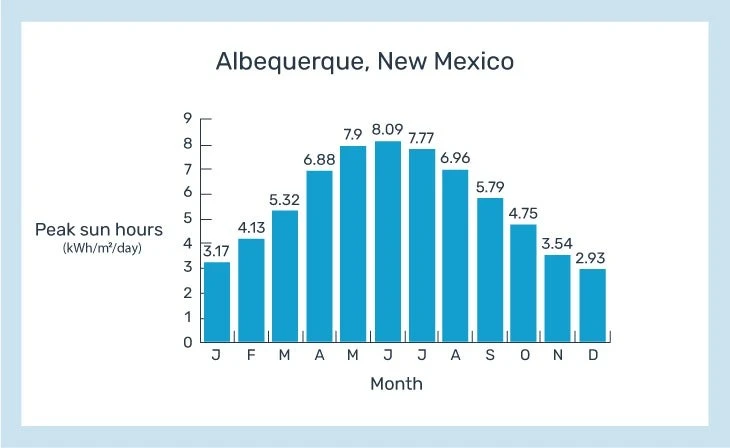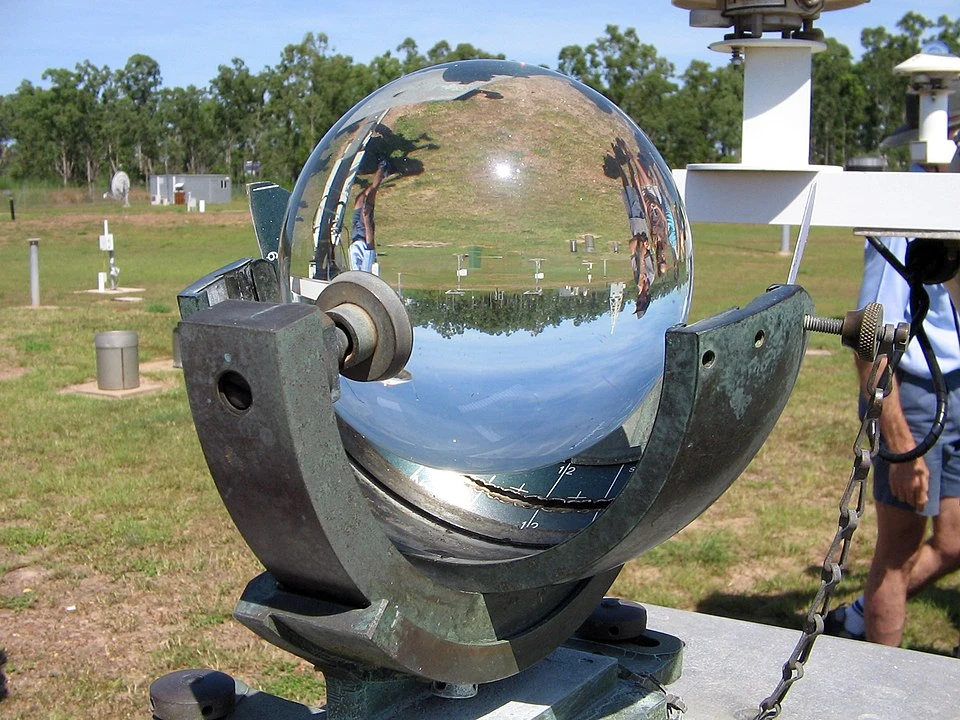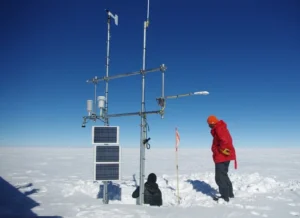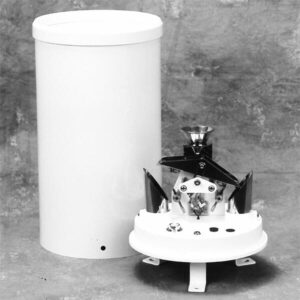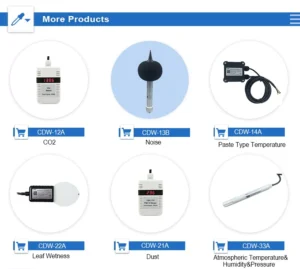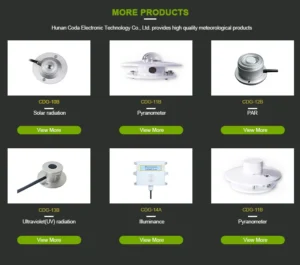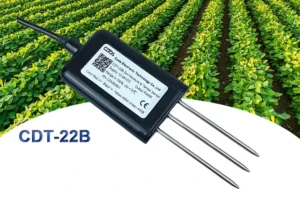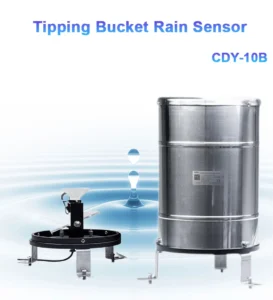How to Measure Sunshine Hours | sunshine meter
Sunshine hours are an important climate factor. They give useful information about the direct sunlight a place gets.
Measuring sunshine hours helps many areas. This includes farming, solar energy, climate studies, and planning for tourism. Here are some common ways to measure sunshine hours.
Campbell – Stokes Recorder
One of the oldest tools to measure sunshine hours is the Campbell-Stokes recorder. This device has a round glass ball that sits on a stand. It also has a curved metal receiver that has grooves.
When the sun’s rays pass through the glass ball, the glass ball focuses them onto the receiver. The concentrated sunlight burns a trace on a special card placed in the groove of the receiver.
The recorder works because direct sunlight is strong enough to burn the card. At the end of each day, someone measures the length of the burned trace on the card. A standard calibration converts this length into the number of sunshine hours. This method is easy and low-cost, but it has some limits.
The power of sunlight has an impact on it. On hazy days or when the sun is weak, the burn mark can be hard to see. This can lead to wrong measurements. It also needs a manual check and measurement of the card, which can lead to human error.
Sunshine Recorders Based on solar power Cells
Modern technology has led to better devices for measuring sunshine. These devices often use solar power cells. Engineers make these sensors to measure the strength of direct sunlight. Solar power cells work using the solar power effect.
When sunlight hits the cell material, it creates an electric current. The strength of this current depends on how strong the sunlight is.
To measure sunshine hours, the user sets the device with a certain threshold value. As long as the sunlight is strong enough, the timer keeps running. Once the intensity drops below the threshold, the timer stops.
At the end of each day, we count the hours of sunshine. This is the total time when sunlight is above a certain level. These sensors are more accurate than the Campbell – Stokes recorder.
You can easily add them to automated weather stations. This allows for continuous and remote tracking of sunshine hours.
Pyranometers with Sunshine Detection Capabilities
Researchers often use pyranometers to measure the total solar energy on a flat surface. This includes both direct and diffuse sunlight. Some advanced pyranometers have extra features.
They can tell the difference between direct light and scattered light. This helps them keep track of the hours of sunshine. These pyranometers use both optical and electronic parts.
They often use a shading system or a special way to check the sunlight coming in. When direct sunlight is stronger than diffuse light, we call it direct sunlight. We count this time as sunshine hours.
Pyranometers give better information about solar radiation than other sunshine-measuring devices. They can measure both direct and diffuse sunlight.
Satellite – Based Measurements
In recent years, satellite-based remote sensing has become a key way to estimate sunshine hours over large areas. Satellites have sensors that can detect different features of the Earth’s atmosphere and surface.
This means looking for clouds. Cloud cover greatly affects sunshine hours. Clouds can block or scatter sunlight.
Satellite sensors on geosynchronous and polar-orbiting satellites use different types of light bands. They study how light reflects and goes through. Algorithms can look at cloud cover patterns.
They track how these patterns change over time. This helps them predict when the sky will be clear in different places.
These clear days help us count the hours of sunshine. Satellite measurements can keep track of large areas. This includes remote oceans and mountains where it is hard to get ground data.
Their estimates of sunshine hours may be wrong. This is due to issues with satellite sensor resolution and cloud property retrieval.
conclusion
You can measure sunshine hours in different ways. Each method has its own benefits and drawbacks. Traditional tools like the Campbell-Stokes recorder are simple to use. In contrast, modern devices use solar power cells and pyranometers.
These new tools offer better accuracy and more automation. Satellite – based measurements play a crucial role in large – scale monitoring. For different purposes, such as checking local weather or studying global climate, using the right measurement methods is important. They can provide accurate data on sunshine hours.
